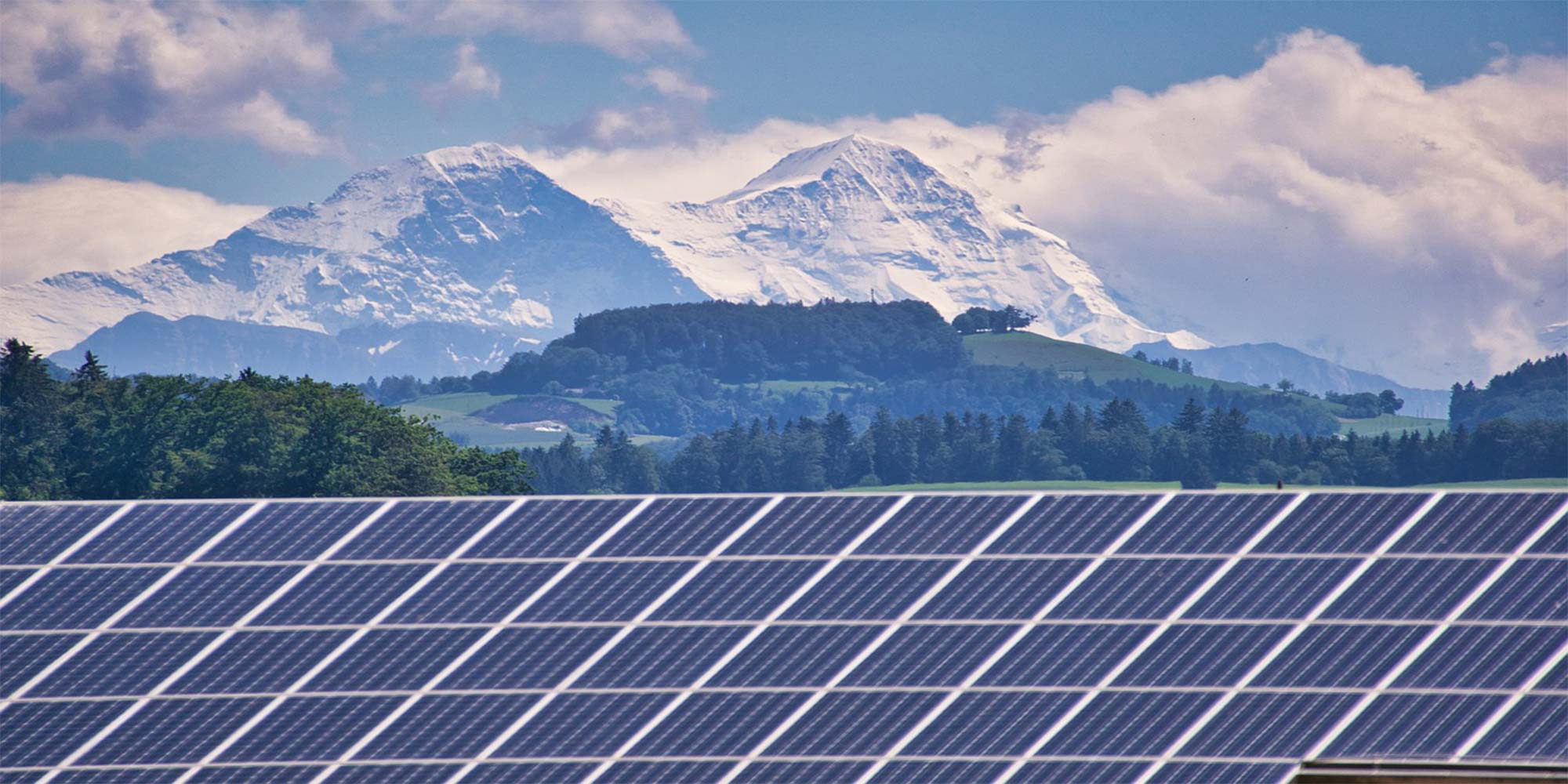Introduction:
Climate change mitigation refers to efforts aimed at reducing or preventing the long-term effects of climate change by reducing greenhouse gas emissions and enhancing carbon sinks. This comprehensive guide explores the various strategies, challenges, and solutions associated with mitigating climate change and transitioning to a more sustainable future.
1. Understanding Climate Change
Gain a comprehensive understanding of climate change, including its causes, effects, and scientific consensus. Explore the role of greenhouse gases, the greenhouse effect, and anthropogenic activities in driving global warming and climate disruption.
2. The Urgency of Mitigation Efforts
Highlight the urgent need for climate change mitigation efforts in light of escalating climate impacts, such as extreme weather events, rising sea levels, and biodiversity loss. Discuss the importance of taking decisive action to limit global warming to well below 2 degrees Celsius above pre-industrial levels, as outlined in international agreements like the Paris Agreement.

3. Global Challenges and Impacts of Climate Change
Examine the global challenges and impacts of climate change across various sectors, including agriculture, water resources, public health, and biodiversity. Discuss how vulnerable populations, such as low-income communities and developing countries, are disproportionately affected by climate change impacts.
4. Strategies for Climate Change Mitigation
- Transition to Renewable Energy: Explore the role of renewable energy sources, such as solar, wind, hydro, and geothermal power, in reducing greenhouse gas emissions and phasing out fossil fuels.
- Energy Efficiency Improvements: Discuss the importance of energy efficiency measures in buildings, transportation, and industry for reducing energy consumption and emissions.
- Afforestation and Reforestation: Highlight the significance of planting trees and restoring forest ecosystems as natural carbon sinks to sequester atmospheric carbon dioxide.
- Sustainable Agriculture Practices: Explore sustainable agriculture practices, such as agroforestry, organic farming, and soil carbon sequestration, for reducing emissions from land use and agriculture.
- Carbon Capture and Storage: Discuss emerging technologies for capturing and storing carbon dioxide emissions from industrial processes and power generation facilities.
- Policy and International Cooperation: Examine the role of government policies, regulations, and international agreements in driving climate change mitigation efforts and promoting clean energy transitions.
5. Implementing Climate Change Mitigation Measures
Provide practical guidance on implementing climate change mitigation measures at the individual, community, and national levels. Discuss steps for reducing energy consumption, adopting renewable energy technologies, supporting reforestation efforts, and advocating for policy change.
6. Challenges and Barriers to Mitigation Efforts
Identify common challenges and barriers to effective climate change mitigation, such as political inertia, vested interests, technological limitations, and economic constraints. Explore strategies for overcoming these obstacles and accelerating mitigation efforts.
7. Innovations and Technological Solutions
Highlight innovative technologies and solutions that show promise for enhancing climate change mitigation efforts, such as advanced renewable energy systems, carbon capture and utilization, and sustainable transportation solutions.
8. The Role of Individuals, Communities, and Businesses
Discuss the crucial role of individuals, communities, businesses, and organizations in driving climate change mitigation efforts through collective action, advocacy, innovation, and sustainable practices.
Conclusion:
In conclusion, climate change mitigation requires concerted efforts from all sectors of society to reduce greenhouse gas emissions, protect vulnerable communities and ecosystems, and build a more resilient and sustainable future for generations to come. By implementing the strategies outlined in this guide and fostering collaboration and cooperation at local, national, and global levels, we can effectively address the challenges of climate change and create a healthier, more prosperous planet for all.